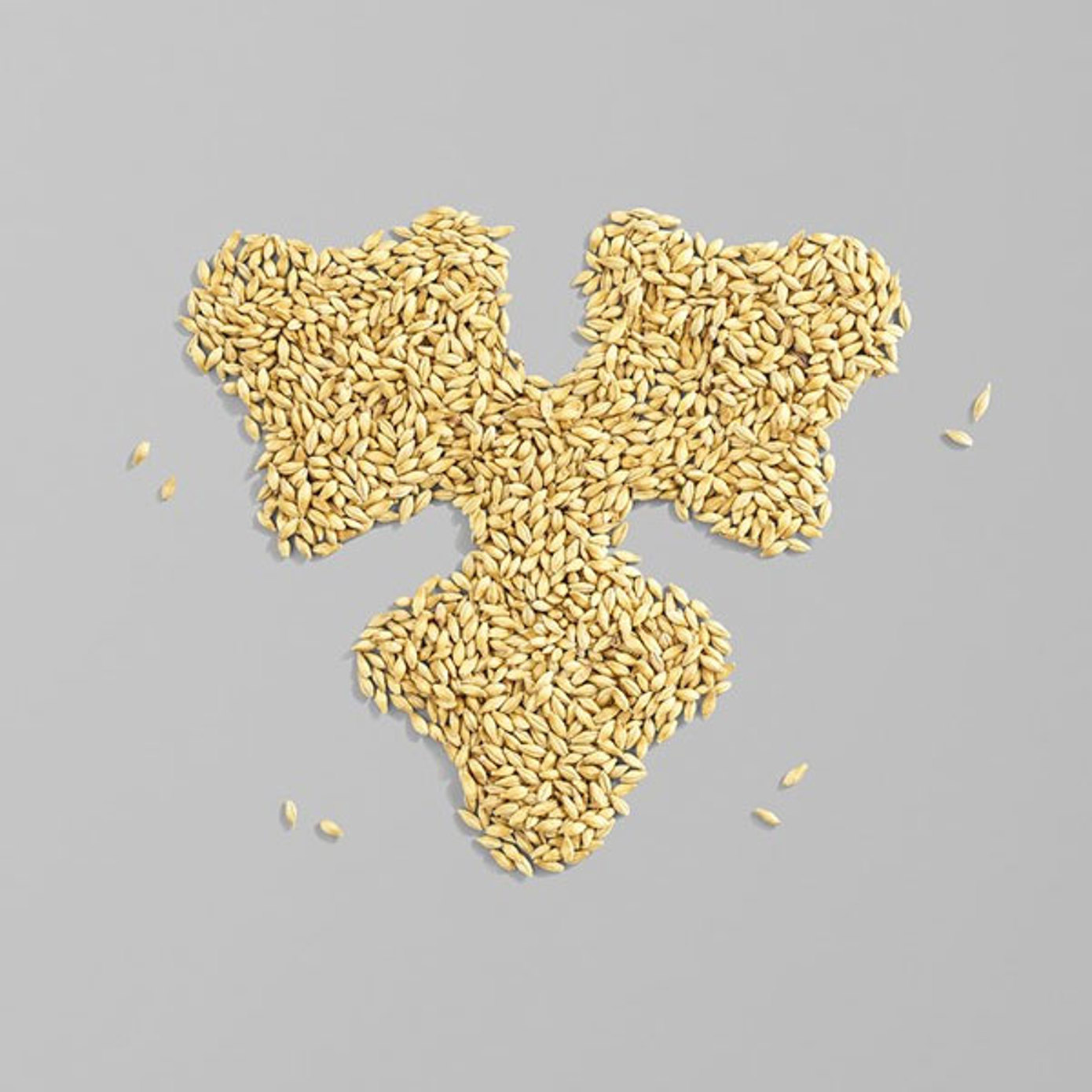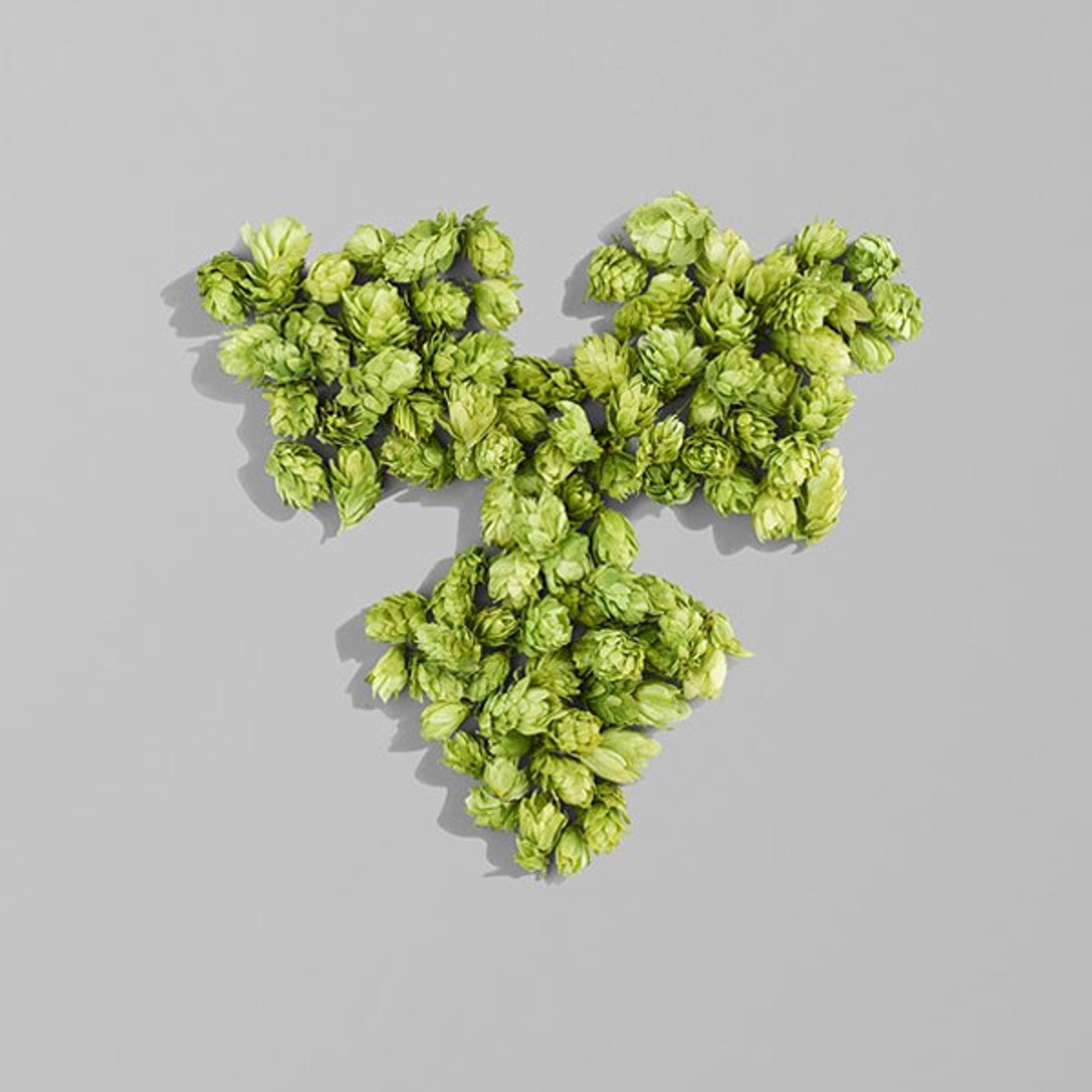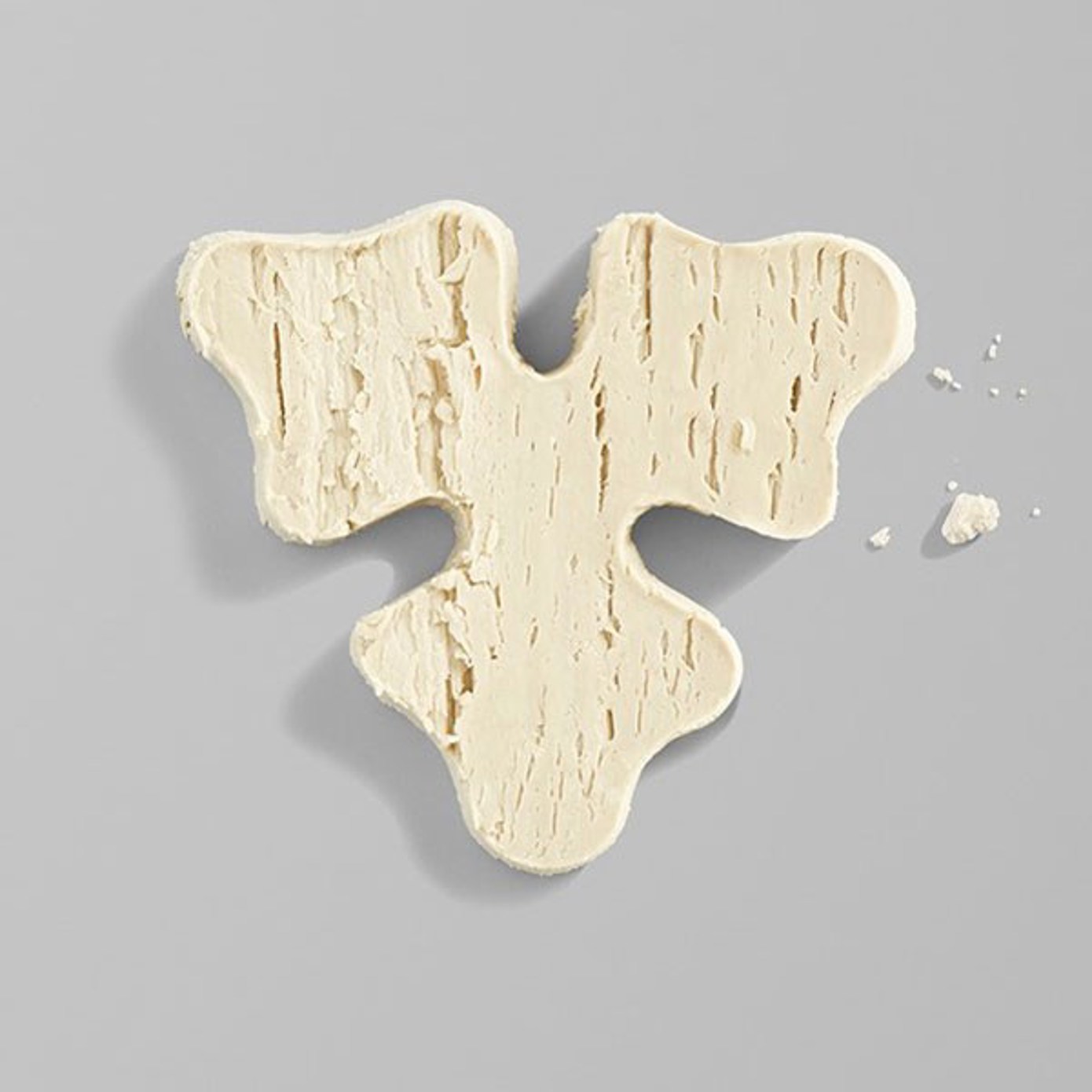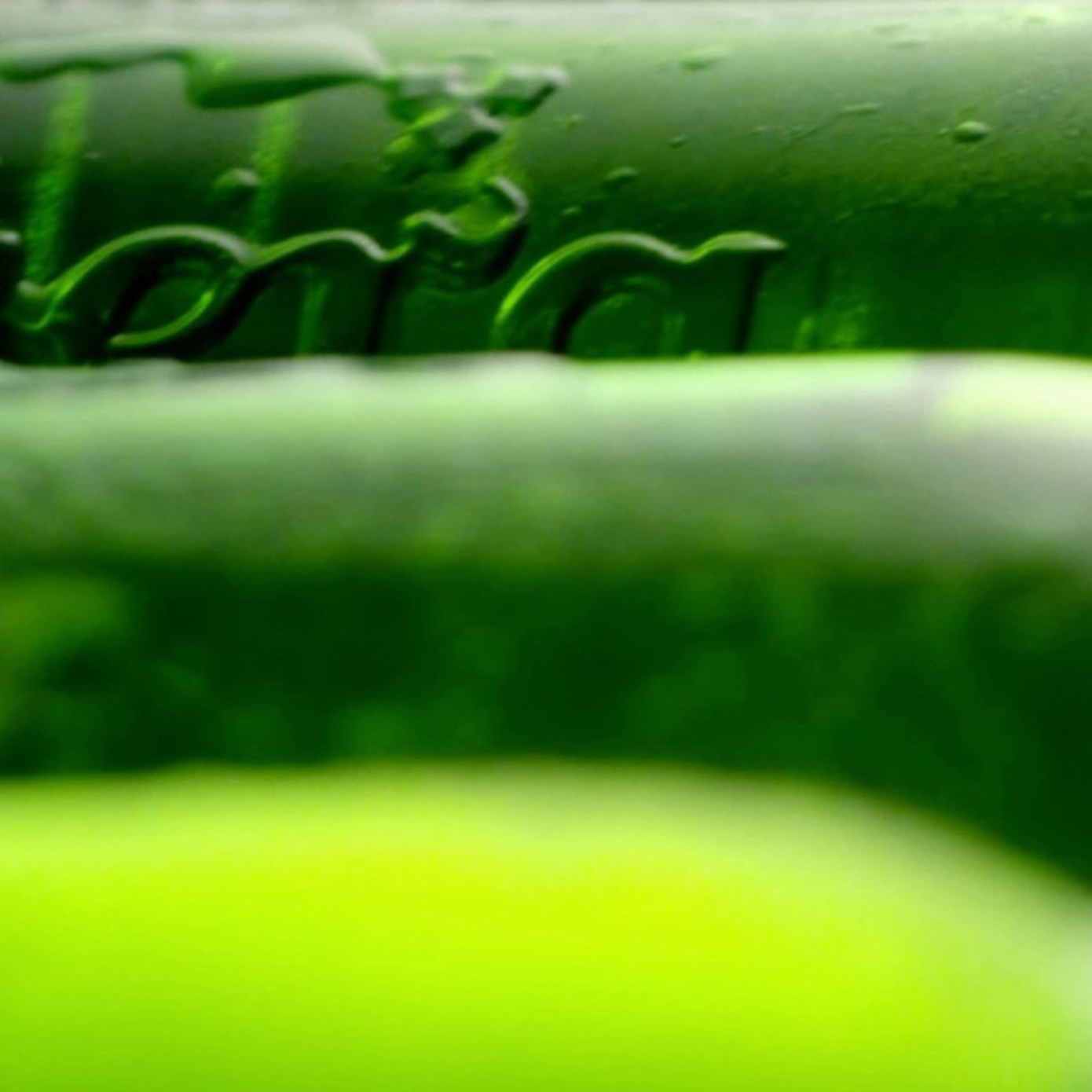
 The brewing process
The brewing process

Malting and mashing
Malt is produced from gain, usually barley. Barley is excellent for brewing beer because it contains a lot of starch, which can be converted into fermentable sugars. Before it's used in brewing, the barley grain is usually malted for the purpose of developing enzymes that convert the complex starch into sugars.
Next step of the process is mashing. Having been crushed in the malt mill, the milled grains are mixed with water in the mash kettle where the temperature is gradually increased to the desired level to activate and control the enzymes.
Lautering and wort boiling
After mashing, the remains of the grains are strained. The liquid remaining is called the wort. The wort is transferred to a wort kettle and boiled until it reaches the correct sugar content. Hops are also added during boiling to add bitterness, aroma and flavour.


Brewing and fermenting
The Malt is milled, mashed, filtered and boiled. During the brewhouse process, starch is converted into sugar and hops are added during boiling. At the end, the final product is known as wort.
Packaging
Of course, it’s what’s on the inside that counts. That being said, with millions of bottles and cans being distributed and sold all over the world we need to think about our global impact and how we can be more sustainable. Carlsberg Circular Community, an innovative partnership with key packaging suppliers, aims at rethinking the design and production of packaging material so as to minimize waste and optimize reuse and recycling. For example, in three years time, you might be drinking beer from our new #GreenFiberBottle, made from sustainably-sourced wood fibre. The new bottle will be 100% biodegradable, meaning zero waste.

Central & Eastern Europe and India
-
Azerbaijan
-
Belarus
-
Bulgaria
-
Croatia
-
Estonia
-
Greece
-
Hungary
-
India
-
Italy
-
Kazakhstan
-
Latvia
-
Lithuania
-
Serbia
-
Ukraine

